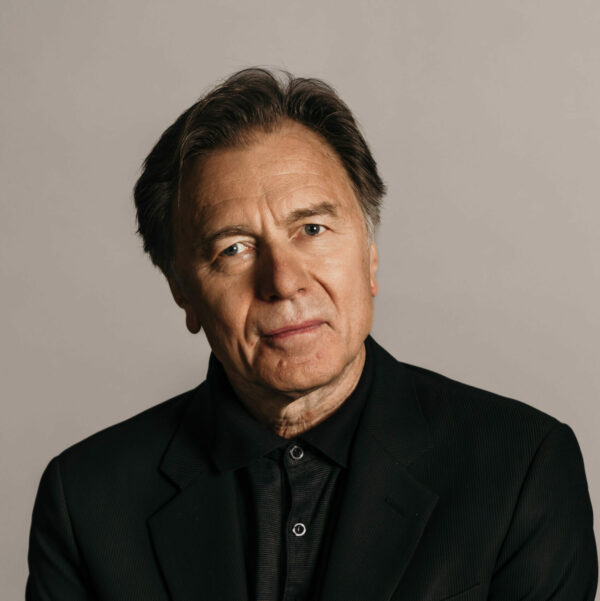
Ivan Liška
Ivan Liška was born in Prague on 8 November 1950 and received his ballet-training at the local conservatory. After graduating in 1969, he emigrated from his home country and joined the ballet company of the Deutsche Oper am Rhein in Düsseldorf. From 1974 to 1977, he was with the Bavarian State Opera Ballet before joining the Hamburg Ballet as principal soloist, where he danced and created the title roles in numerous works by John Neumeier. Ivan Liška directed the Bayerisches Staatsballett from 1998 to 2016. In spring 2007, he was honoured by the State Ministry for Federal and European Affairs with the »Medal for Special Services to Bavaria in a United Europe«. On 9 July 2009, Minister President Horst Seehofer presented him with the Bavarian Order of Merit. Following the death of Konstanze Vernon, he took over the management of the Heinz-Bosl-Stiftung and the Bayerisches Junior Ballett München in April 2013.
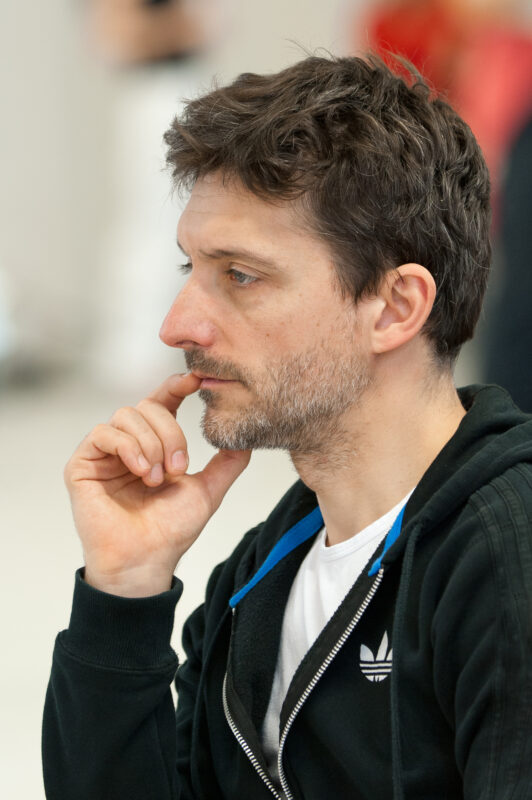
Patrick Teschner
Born in Munich and a graduate of the Munich Ballet-Academy with honours. Winner of a sponsorship award from the City of Munich and the Free State of Bavaria.
Patrick Teschner danced as a first soloist with the Bayerisches Staatsballett in choreographies by John Cranko, William Forsythe, Jacopo Godani, Jiří Kylián, Ohad Naharin, John Neumeier and Hans van Manen, among others.
As a freelance training director, he has worked with the Stuttgart Ballet, the Forsythe Company, the Ballet de l’Opera de Lyon, the Compania Nacional de Danza, the Niedersächsisches Staatsballett and the Staatsballett Berlin.
In 2007 he joined the Staatstheater am Gärtnerplatz as training director and assistant. Here he was responsible as an assistant for choreographies by William Forsythe, Christian Spuck and Marco Goecke, among others. Since 2012, he has worked with Edward Clug, Marco Goecke, Jo Stromgren, Christopher Roman, Lucas Timulac, Jeroen Verbruggen, Andonis Foniadakis and Eyal Dadon. Patrick Teschner was responsible for the re-staging of William Forsythe’s ONE FLAT THING REPRODUCED and Marco Goecke’s LA STRADA.
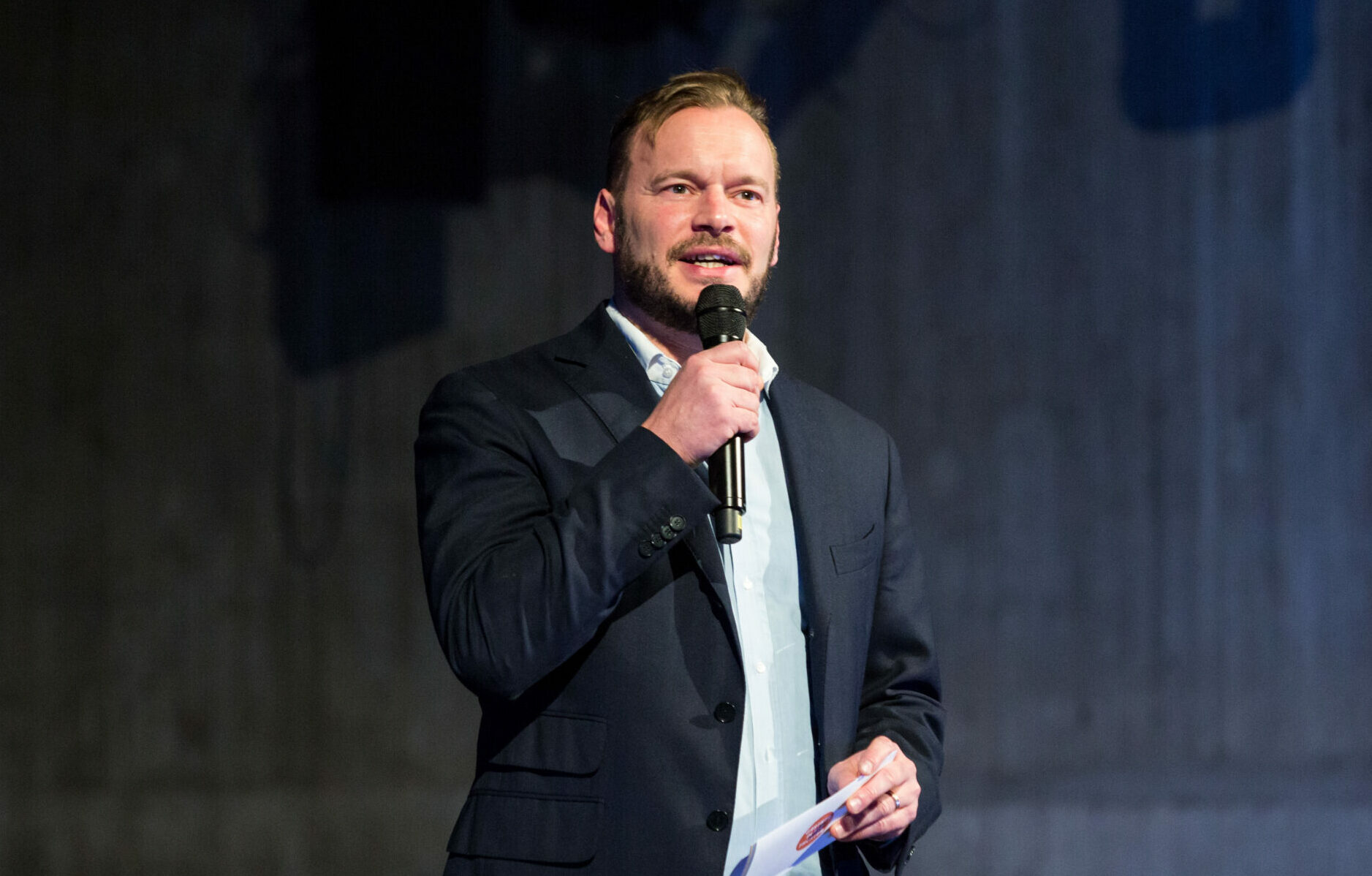
Karl Alfred Schreiner
Karl Alfred Schreiner received his dance-education at the ballet school of the Vienna State Opera, and his first engagements took him to the Graz Opera and the Vienna State Opera. He then danced for Introdans and the ABC Dancecompany St. Pölten.
Karl Alfred Schreiner has been working as a choreographer since 1999 and was assistant of Ismael Ivo, the artistic director of the Venice Biennale‘s dance department, from 2008-2011.
Karl Alfred Schreiner has been ballet director of the Staatstheater am Gärtnerplatz since the 2012/2013 season and has choreographed ballets such as Sleeping Beauty, memento mori, Berlin 1920, Chicago 1930, Jean and Antonín, The Nutcracker, Undine – Ein Traumballett, Giselle and Peer Gynt.
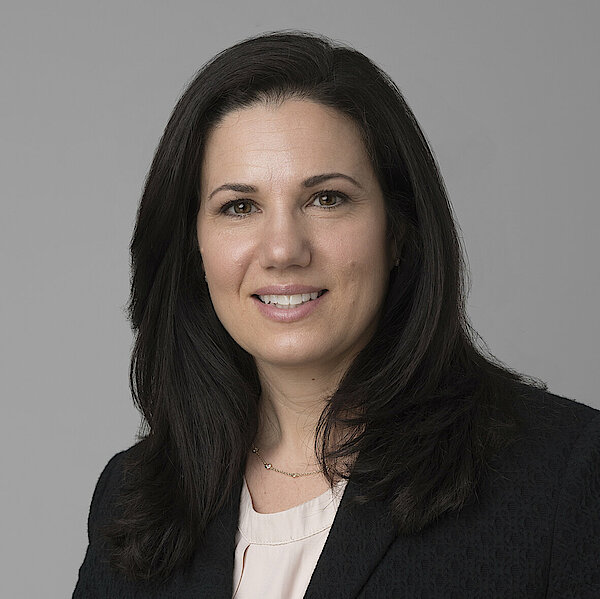
Dora Meyer
Dora Meyer is the performance nutritionist at the Ballet Academy of the University of Music and Theatre Munich. She holds a MSc. in public health, a MSc. in nutrition and biomedicine, and a PhD in nutrition. In addition to teaching at the ballet academy, Dr. Meyer is a postdoctoral researcher in nutritional medicine at the Technical University in Munich. Her role at the ballet academy is to teach students the knowledge and skills to be able to make food choices that support their health, wellbeing, growth and performance. Dora Meyer offers nutrition workshops and cooking classes throughout the academic year and meets regularly with the students to develop and optimize personalized nutrition plans.
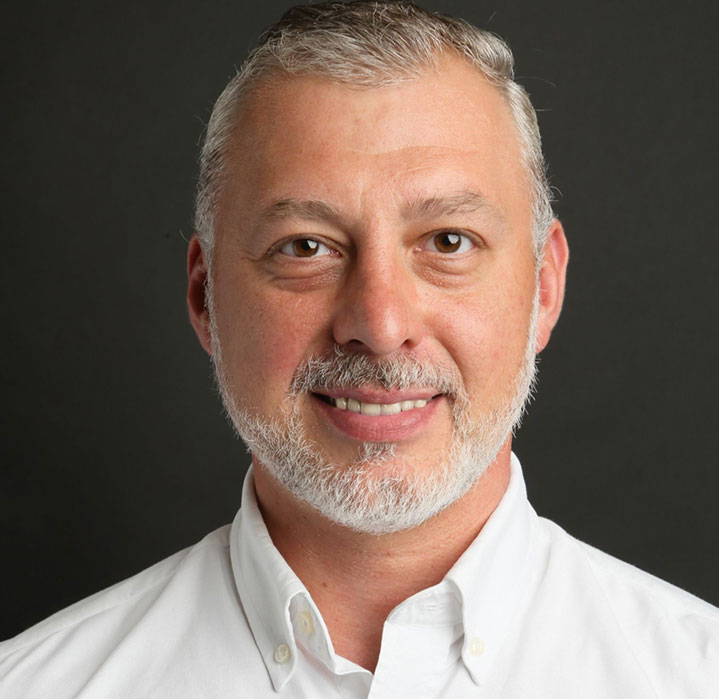
Krzysztof Zawadzki
Ballet Academy, HMTM
Krzysztof Zawadzki was born in Poland and received his dance education at the State Ballet School in Lodz. This was followed by engagements as a soloist at the State Theatre in Lodz, the State Theatre in Augsburg, the State Theatre on Gärtnerplatz in Munich and the Bayerisches Staatsballett. Zawadzki received his diploma as a ballet teacher at the Munich University of Music and Theatre under Prof. Alex Ursuliak. He received further training at the Waganowa Ballet Academy in St. Petersburg, Russia.
Classical Training
In my classes, it is crucial for me to instill in the students not only a deep passion for ballet but also essential aspects such as precise technique, conscious coordination, endurance, and strength. Discipline and perseverance naturally play a vital role.

David Valencia
Ballett des Staatstheaters am Gärtnerplatz
David Valencia received his training at the Incolballet in Santiago de Cali in Colombia. While still a student, he was awarded second prize at the International Ballet Festival “La Habana”. After his studies, he continued his training in modern dance, ethnic dances, tango, singing and acting. After his first engagements in Lausanne, Chemnitz and Munich, he danced in the Gauthier Dance Company at the Theaterhaus Stuttgart and at the Anhaltisches Theater in Dessau. Since the 2015/2016 season he has been a member of the ballet of the Staatstheater am Gärtnerplatz and has also created several of his own choreographies, including: in the Munich art area.
Contemporary Training
The main goal of the training/workshop is to introduce different movement qualities and physicalities in demand by contemporary choreographers. Starting with the alignment of the bone structure and identifying the force of gravity on our body and consciousness, followed by the introduction of a specific awareness to the respiratory system, and how this natural action has a big impact on our body and movements. Finally, we will intensify the muscular engagement, differentiate muscle tones and their function in movement. In around 12 exercises we will insert these three experiences in floor elements and rhythmical patterns that help the dynamic of the training.

Isaac Spencer
Hochschule für Musik und Darstellende Kunst Frankfurt
Isaac Spencer is interim professor for ballet techniques in the BA dance department of the Frankfurt University of Music and Performing Arts since September 2021. He worked as a professional dancer with Cullberg Ballet, Gothenburg Opera Dance Company, and Hubbard Street Dance Chicago. Since 2011, he has been active in the free scene throughout Germany and Sweden as dancer, choreographer, rehearsal director, and mentor. He earned a Bachelor of Fine Arts from the Juilliard School in 2004 and was recipient of the Princess Grace Award. Since 2013 he serves on the board of directors for Milvus Artistic Research Center (MARC) in Sweden.
Ballet Techniques
Students will learn tools and practice skills in order to change habitual movement patterns, opening up the potential for other coordinations, musicality, and flow. Areas of particular focus include placement, anatomical function, identification of directions in space and movement pathways in the body. Emphasis on musicality throughout the class serves to promote varying rhythmical activity, pumping blood throughout the body to ensure flexibility and strength, and also to invite interpretation and expression while moving.
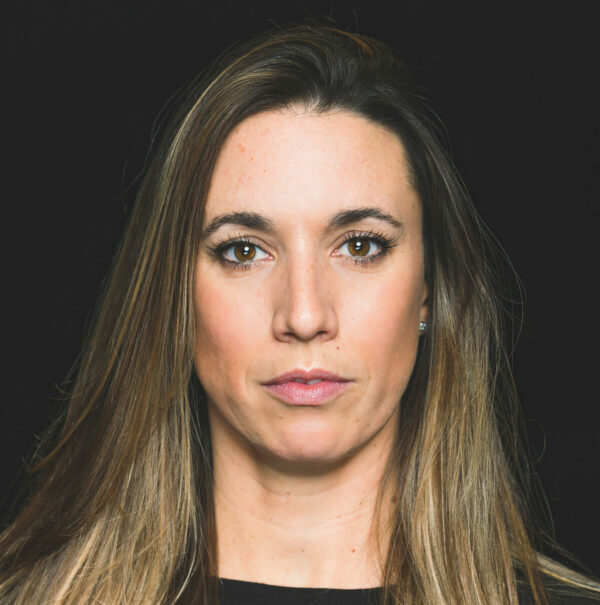
Rita Barão Soares
Ballet Academy, HMTM / Ballett des Staatstheaters am Gärtnerplatz
Rita Barão Soares trained at the Dance Academy in Setubal (Portugal) and joined the contemporary dance company there in 1997. This was followed by engagements with the Portuguese Contemporary Dance Company, the Karlsruhe Ballet and from 2003-2019 with the ballet company of the Staatstheater am Gärtnerplatz. As a dancer, she has worked with choreographers such as Gustavo Ramirez Sansano, Christian Spuck, Jiří Kylián, Itzik Galili, Jo Strømgren, Marco Goecke and Christopher Roman. After various freelance engagements as a choreographic assistant, she has been working as a choreographic assistant and rehearsal director at the Gärtnerplatztheater since 2019 and has been a teacher for modern dance at the HMTM Ballet Academy since 2021.
Classical Training for Contemporary Dancers
I developed this ballet class expressly to address the needs of the everyday routine of professional contemporary dancers. It centers on musicality, coordination, and the simple pleasure of movement found in ballet. The class is informed by the various experiences, methods, and teachers I have encountered during many years active in the dance field, integrating elements of modern dance and release techniques. Participants are encouraged to cultivate confidence while emphasizing suspensions and focusing on gaining momentum through conscious breath and musical phrasing.

Natalia Hoffmann Sitnikova
Ballet Academy, HMTM
Born in Russia, Natalia Hoffmann-Sitnikova studied at Perm Ballet Academy. She graduated in 1985 and joined Perm Ballet Theater (Russia). There she was promoted to soloist in 1987. In 1992 she moved to Germany and joined Bonn Opera and Ballet Theater. Between 1997 and 2012 she was a soloist with Dutch National Ballet. She performed leading roles in several productions and collaborated with renowned choreographers. While still working as a dancer Natalia Hoffmann-Sitnikova was also teaching, coaching and assisting in diverse new choreographic works at Het National Ballet and abroad. Since 2012 Hoffmann is teacher at Ballet Academy at University of Music and Performing Art Munich.
Classical Training
This training begins by introducing a vocabulary of steps and sequences during the barre work, which is subsequently integrated into center exercises. There is a strong emphasis on creating step combinations and musical phrasing to train dancers in fast coordination and flawless technique, all while providing space for their artistic development.

Keith Morino
Canada’s National Ballet School
A graduate of Canada‘s National Ballet School (NBS), Keith’s professional dance career was principally based in Europe, dancing with NDT II, Ramon Oller in Spain, and in a variety of other dance projects. He also explored choreography for dance, theatre and opera, as well as teaching in different European companies and conservatories. This included the Professional Dance Conservatory of Barcelona (EESA/CPD), where he ultimately served as Artistic Director from 2009 – 2017. Keith became a certified Gaga teacher in 2020, and is currently a full time member of the artistic staff at NBS in Toronto.
Gaga / dancers
Gaga is the movement language developed by Ohad Naharin throughout many years, parallel to his work as a world-renowned choreographer. Gaga classes are predicated on a deep activation of the body and physical sensations. We provide a framework for discovering and strengthening the body and adding flexibility, stamina, agility, and skills including coordination and efficiency while stimulating the senses and the imagination. Participants awaken numb areas, increase their awareness of habits, and improve their efficiency of movement inside multilayered tasks, and they are encouraged to connect to pleasure inside moments of effort. The research of Gaga is in a continual process of evolution, and the classes vary and develop accordingly.
Contemporary Training
Keith Morino offers an opportunity to explore movement quality and interpretation through clear form and musicality. Agency and choice are priorities while developing a clear perception of our physicality and interpretational talents. Influenced by his ballet training, professional dance experience and his training as a Gaga instructor, his classes follow modern dance principles such as use of space, gravity, and oppositional forces. The class is structured by a short warm up, followed by one or two technique exercises and a short performative variation.